We use “Tai Chi” here for the sake of Western familiarity, but my hope is that through the use of the pinyin transliteration, taiji, we can increase the exposure and understanding of this coveted art. Please read our article, “The Meaning of Tai Chi – and Why We Use Taiji Instead“, to learn more about this essential language choice.
I was first led to the study of Chinese martial arts through my interest in philosophy. In fact, in my understanding, the study of this tradition WAS the study of philosophy. It was a practical, embodied, spiritual philosophy; one that could not just be studied but had to be lived.
I had the ideal introduction to these arts, as my first ‘shifu’ was also my Asian philosophy professor at the University of Kentucky. It is impossible, in just a few sentences, to explain the impact Dr. Don Giles had on my life. He was simply the most passionate, intense and enigmatic person I had ever met. His martial arts studio attracted some of the most interesting people, several who would become lifelong friends of mine. It was here that Don introduced me to the concepts of spiritual warriorship and introduced me to the rigors of martial arts training. He also introduced me to the practices of meditation, qigong and taiji.
He saw taiji as the ‘crown’ of his system and initially only taught it to his black belts. As taiji became more popular he started to teach it as a stand alone practice so that people who were interested would not have to work their way through the entire system. However, the form he taught was not one of the traditional family styles. It was more of a hybrid style developed from a series of shorter forms he learned from one of his Chinese teachers. It was through this form that I was introduced to taiji and have practiced and taught for many years.
When Don moved away, I began to study the healing arts and went more intensely into meditation. After graduating from Lexington Healing Arts Academy I moved to a Zen Center in the Red River Gorge area called Furnace Mountain and dedicated 3 years to intensive meditation study. The rigors of Zen were bliss to me. To have the time and a supportive community to go deeply into the practice was both healing and enlightening. I began to teach taiji to the residents of Furnace Mountain and came to appreciate the common cultural and spiritual roots that gave birth to both Zen (Chan in its original Chinese form) and taiji.
When I left Furnace Mountain, I went back into academia, got a Masters in Religion and began teaching at a small college outside of Springfield KY, Here in “Kentucky’s Holy Land” I met many Catholic Sisters who represented a kind of living mysticism that pervaded the rural landscape around St. Catharine College. At St. Catharine, I worked my taiji form into a class which included meditation, qigong and taiji training. It was during this time that I would participate in a formal qigong teacher training through Rising Lotus Qigong in Atlanta. It was also during this time that I met my current taiji teacher Ding Ming Ye.
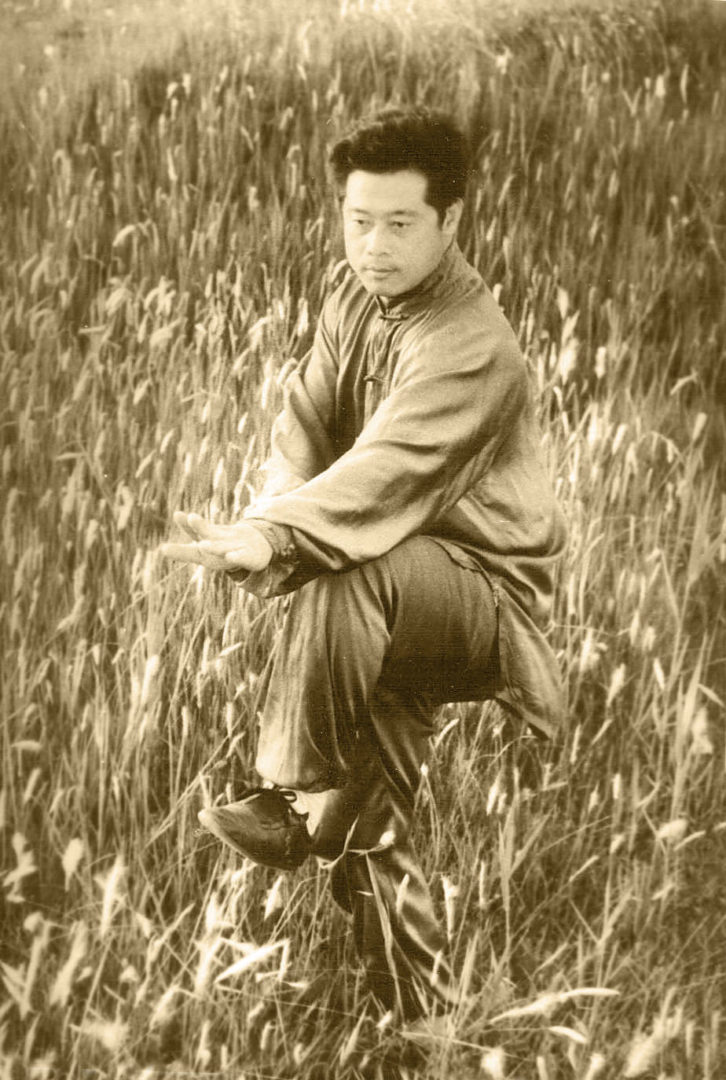
I met Master Ding in 2012 and immediately could see that his taiji was on an entirely different level than I had ever before witnessed. His movements were simple enough – he wasn’t doing side splits or double back flips. His movements seemed accessible, and yet when I would try to imitate him I found I couldn’t. The slow, spiraling movement of his bones, the elasticity of his tissue, and the surgical precision of his movements made him inimitable. Needless to say I was humbled and intrigued, and slowly I became one of his most enthusiastic students.
It gradually began to dawn on me that I was in the presence of a teacher of the highest level. So, who was this person and what the hell was he doing in Louisville, Kentucky? I still don’t have an adequate answer to the second question. Was it Destiny? Karma? Who can say? I have no answers for these questions, however, I can say something about Master Ding and his relevance to the history of taiji. To understand who he is, why it’s important to know his story, we need to know the stories of the people who shaped him.
Many Westerners think of taiji as an ancient discipline that arises from the mystical mists of Chinese antiquity. It’s fair to say that using movement, body, and breath as a martial and spiritual practice in a general sense has ancient origins in China. The principles of Yin and Yang on which taiji training and philosophy are based can also be traced to the remote past. The system of martial arts called ‘taiji’, however, refers to a specific lineage with a specific history. There is debate about precise dates but most scholars would trace the beginning of taiji to the Chen family in the mid to late 16th century. Taiji was the name of a familial martial art that was kept secret and only passed down within the Chen family. It was in Chen village over successive generations that the training techniques were honed and refined.
It wasn’t until Yang Luchan, an outsider to the Chen family, was allowed to study the art that taiji began to make its way to the general public. Yang saw that taiji training could be used to enhance the health and vitality of his fellow country men and women. He took the principles of Chen taiji and changed them so they were more accessible to the masses, doing away with the explosive, powerful movements (fajin) and other more obviously martial components of the practice. History demonstrates how successful he was at accomplishing his task as taiji, especially Yang taiji, made its way throughout China and around the world.
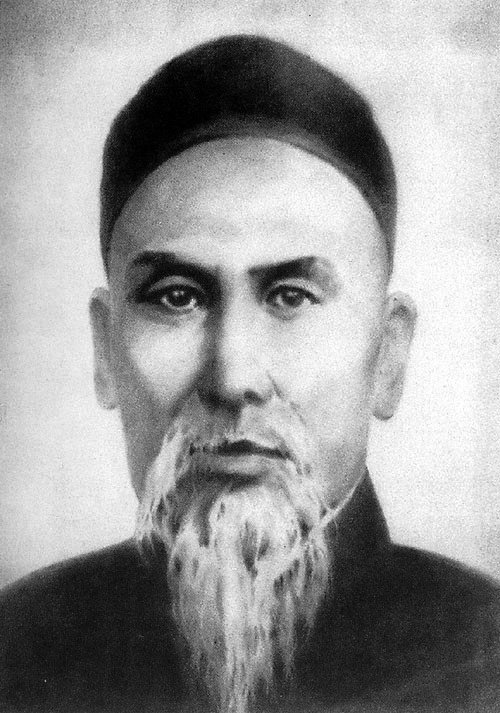
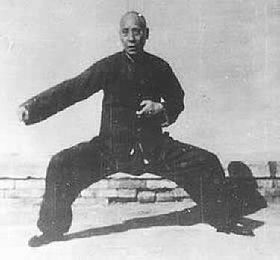
What most Westerners consider taiji is technically this more recent Yang family taiji. Zheng Manqing (Cheng Man-ch’ing), a teacher in the Yang tradition, taught a popular Yang-derived form in the United States. Another Yang form, “Simplified 24 Form”, is the most popular form of taiji in the world. I study and teach this form myself and feel that it is ideal for exposing students to the basic principles and skills of taiji. It cannot be mistaken, however, that this is not the original Chen form of taiji; Yang himself did not make this claim. The Chen form remained in its birth village and continued to be honed and refined in this very localized setting. It wasn’t until the early 20th century, with the arrival of Chen Fake (pronounced “Fah-Kuh”) in Beijing, that the original Chen family taiji started to spread.
This was a watershed moment in the history of taiji. Some begin to speak of two separate Chen lineages at this point. One Chen lineage continued to develop from within the Chen family and another, the “Beijing Line”, flows from Chen Fake’s students in Beijing. Of Chen Fake’s original students, Hong Junsheng, studied with him the longest. Hong’s training happened in two distinct periods. The first was from 1930-1944 and the second was a six-month intensive much later in 1956 where Hong and his teacher revisited and refined every move in the form. Chen Fake would die the following year.
It is worth mentioning that in the following years, taiji was largely pushed underground during a time of civil unrest as China entered a cultural revolution where all traditional arts were looked on with suspicion. Hong endured great hardship and fought to preserve the Chen lineage, a sacrifice we should remember as Chen starts to take root in the West.
In his later years, Hong Junsheng hosted many students, one of them being Master Ding. By the 1980s Master Ding was studying with Hong. He considered Hong his taiji mentor but completed his training under Hong’s top student, Li Enjui.
So that’s it. That’s the lineage! From Chen Fake, to Hong and Li, to Master Ding, to Master Ding’s students in China, and those of us scratching our heads wondering what he is doing here in Kentucky and what our responsibility might be in carrying forward this profound art.
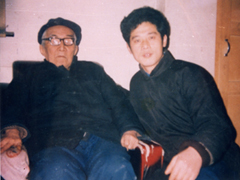
Before Covid hit, I started teaching taiji workshops with Master Ding. Because his English is quite limited, I would do most of the lecturing and verbal instruction. One of his students from Elizabethtown, Jenny-Marie Greenough, is an acupuncturist. I was so impressed by the way Chinese Medicine informed her taiji training that I decided to enroll in a 4 year graduate program in Chinese Medicine. Luckily, I was able to find a program in Boone, NC that could both accommodate my work schedule and focused on taiji as its primary tool of self-cultivation.
I am now 50 years old and much busier than I thought I’d be in this season of my life. For one week each month I go to Boone to study at Jung Dao School of Classical Chinese Medicine. The rest of the month I teach massage and movement classes at Lexington Healing Arts Academy, teach World Religions and Ethics online to students at Midway University, and offer public and private classes in taiji – in the studio as well as online – as well as see massage clients at Centered. In my very limited free time I am finishing up the construction of a small retreat center on my property – my home – in Willisburg, KY. It is my dream that this little retreat center can be a haven of meditation, contemplation and intensive taiji trainings with Master Ding.
I am grateful for my weekly training sessions with my teacher and for my private taiji students who keep me focused on the art amidst all the chaos. If you are interested in studying taiji with me or Master Ding, please reach out to me at embodyingtheway@gmail.com
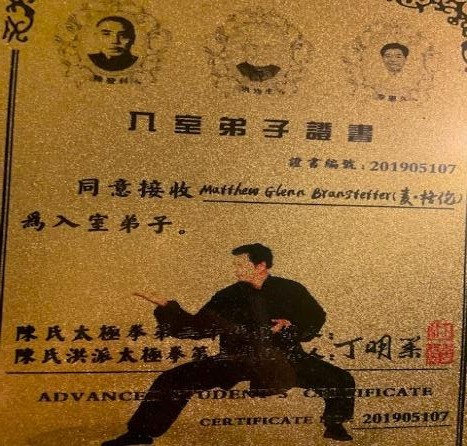

Recent Comments